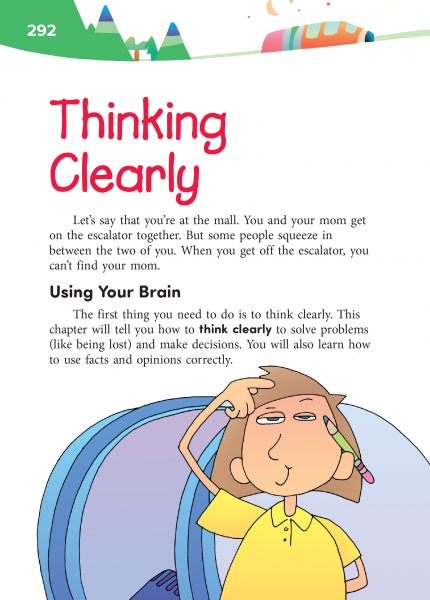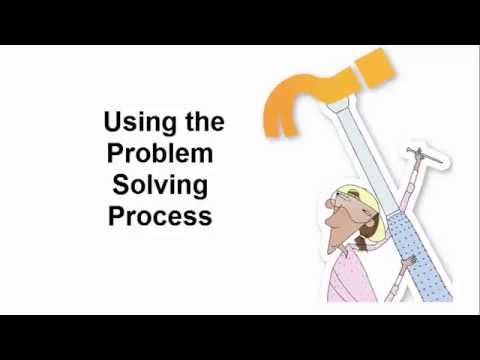Page 292 from

Start-Up Activity
Read aloud the first paragraph from page 292 and ask your students what they would do. Take suggestions from them, anything from the sensible to the outlandish. Ask if any of them has ever been in a situation like that and ask what they did to get out of it.
Tell them that they can learn a simple technique for dealing with difficult problems like this one. And once they learn the process for solving problems, they can apply it in all kinds of different situations.
Think About It
“Making a movie is a lot of problem solving.”
—Gia Copolla

Start-Up Activity
Read aloud the first paragraph from page 292 and ask your students what they would do. Take suggestions from them, anything from the sensible to the outlandish. Ask if any of them has ever been in a situation like that and ask what they did to get out of it.
Tell them that they can learn a simple technique for dealing with difficult problems like this one. And once they learn the process for solving problems, they can apply it in all kinds of different situations.
Think About It
“Making a movie is a lot of problem solving.”
—Gia Copolla
